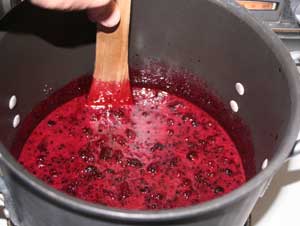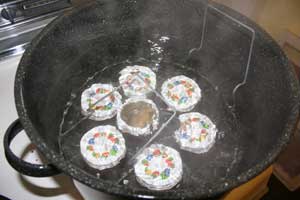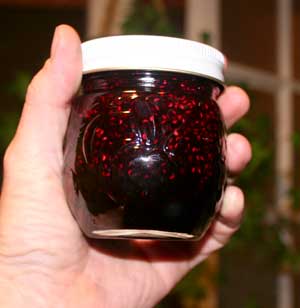This GIANT pot of stock is simmering away on our stove. Yes, that is our (guesstimate: 3 gallon) water-bath canning pot – it was the only one large enough to hold all of the bones and veggie scraps I had accumulated.
In this pot are: chicken carcasses (our own chickens), chicken feet (our own chickens), random chicken bones from random dinners (not our own chickens), beef bones, pork bones, scraps/skins/ends from all the veggies we’ve eaten over the past month or so (onion trimmings, onion skins, garlic trimmings and skins, leek greens, carrot ends, kale stems, basil stems, onion greens from the onions in the garden that the chickens tried to kill, and whatever other veggie scraps I deemed it necessary to save at the time – all saved in a ziploc bag in the freezer, until such time – like now! – as I was ready to make use of it), and saved (frozen) cooking water from previous steamed veggies (kale, onions, etc).
Oh yeah… it’s gonna be good!
And on the other burner, for tonight’s dinner: quinoa simmering in previously-preserved chicken stock (from our own chickens), to be served on a bed of fresh salad greens from the farmer’s market and topped with the leftover pesto from yesterday’s dinner (basil from the farmer’s market, onion greens from the garden, garlic from winter storage, local hazelnuts from winter storage, homemade goat milk feta, and olive oil.)
Sigh… life is good…
ETA: I forgot – the stock also contains several eggshells (from our chickens), a good dose of apple cider vinegar (it helps draw the minerals out of the bones and eggshells), and a couple of corn cobs for added flavor. It’s still simmering away, after about 20 hours! Soon I’ll strain it out into jars to cool. As it cools, the fat will rise to the top – if there’s a good amount of fat, I’ll scoop it off into another container to use as a cooking fat (otherwise I’ll just leave it as is). Then into the freezer the jars will go, just waiting to be pulled back out for some future meal!

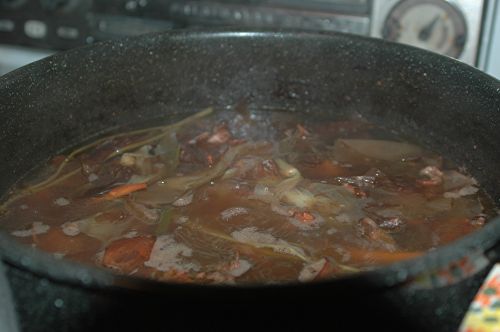


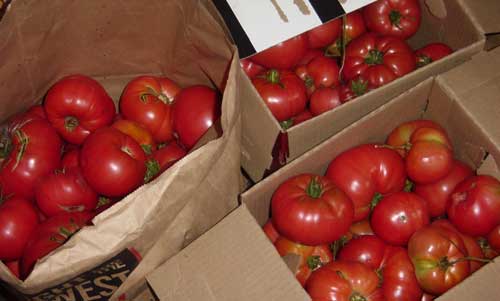

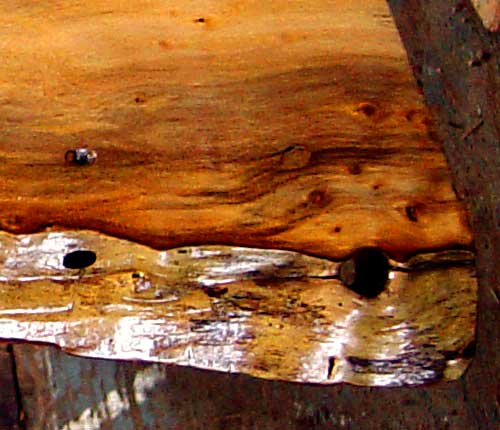

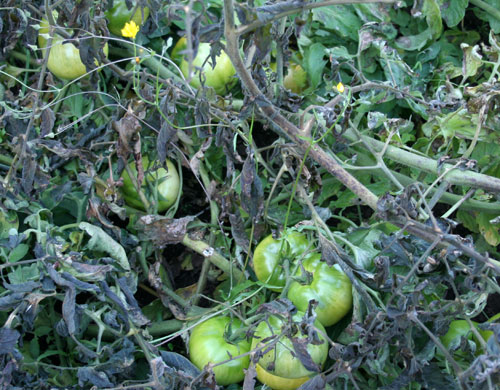
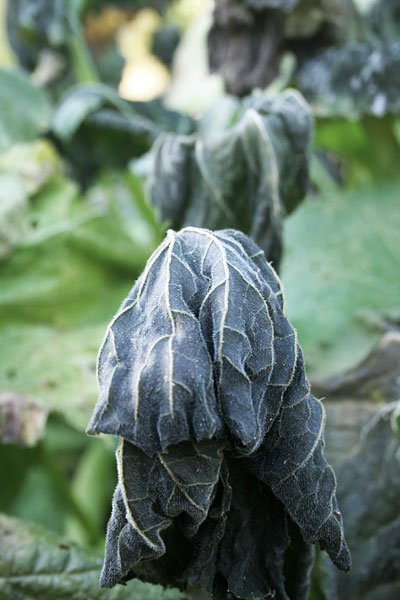

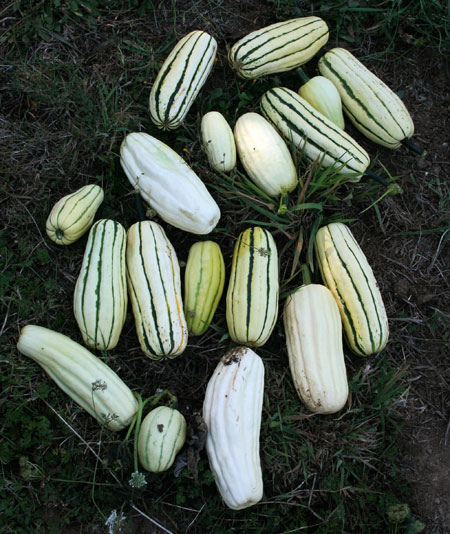




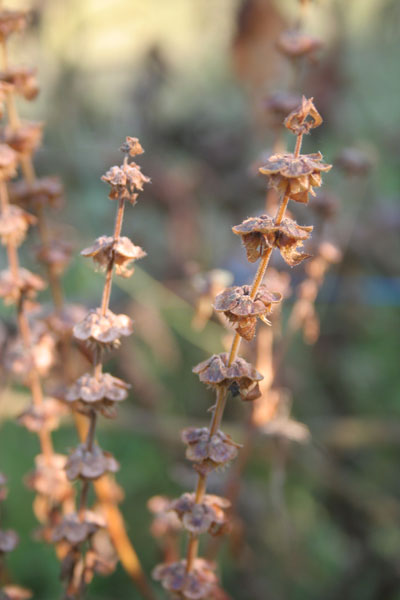








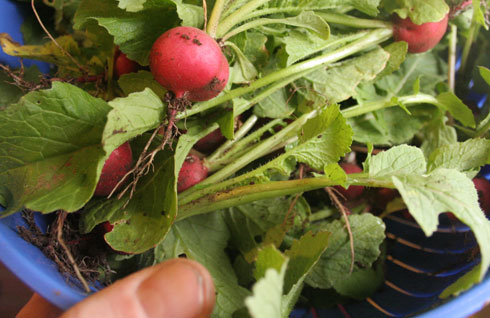


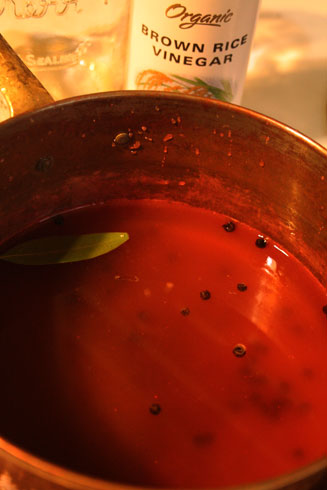


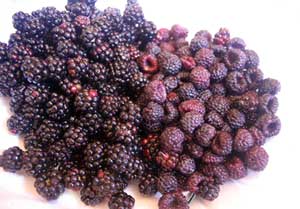 Yesterday I picked about a quart of blackberries (left) and another of black raspberries (right), which are probably the most delicious fruit in the known universe.
Yesterday I picked about a quart of blackberries (left) and another of black raspberries (right), which are probably the most delicious fruit in the known universe.
